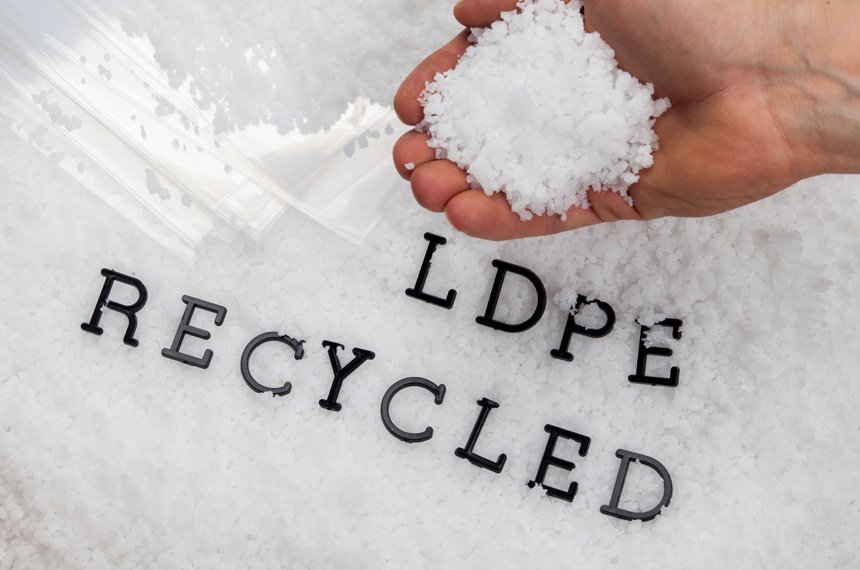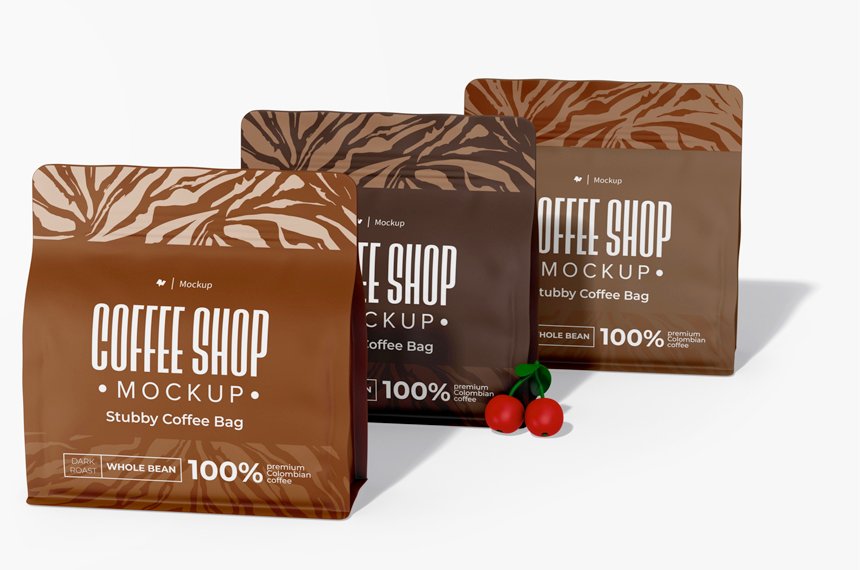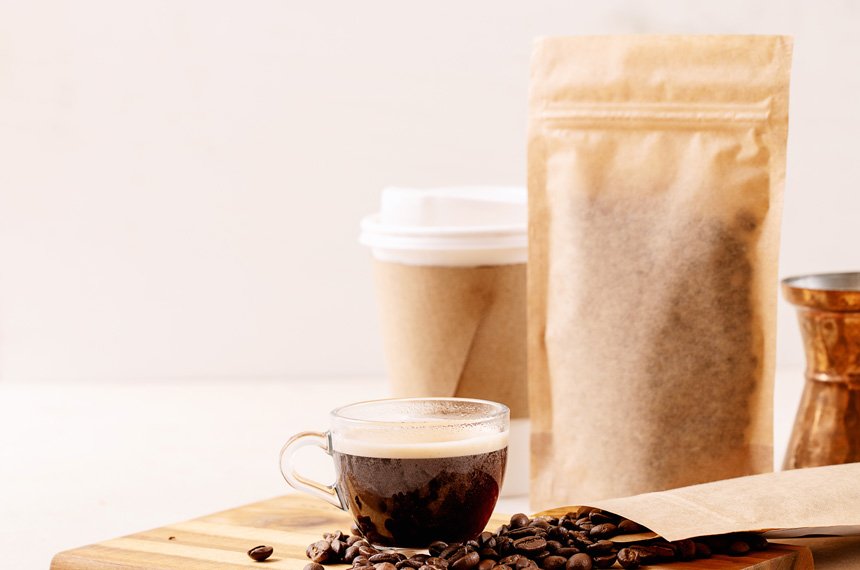Are you the kind of business owner who values proficiency in your product packaging? While paying close attention to your target market’s wants and needs. If so then Post-consumer recycled packaging might just be the one for you. This kind of packaging contributes to environmental stability while making your brand more attractive and interesting to consumers.
But what is a post-consumer recycled material packaging
Post-consumer recycled packaging integrates materials that have been used and discarded by consumers in recycling bins such as plastic, paper and even aluminum. This makes us rely less on virgin plastics decreasing our plastic waste on the environment.
Needless to say, PCR packaging offers us environmentally friendly packaging using sustainable materials. Creating a positive impact on the environment that can help promote awareness in lessening our plastic waste. Listed below are some of the environmental advantages of PCR packaging. Keep on reading to know more.

What is post-consumer recycled resin?
Post-consumer recycled resin is a material made of recycled product waste such as plastic bottles and cardboard boxes. Before the plastic waste is turned into resin it goes through a proprietary process before it produces plastic resin pellets. This offers a more sustainable source for making packaging films, containers, sheets and other products that would be developed with a pre-consumer material.
Also, PCR resins meet the requirements needed for any type of product making them suitable for nearly any packaging need. But where do we get the post-consumer recycled resin? We get this post-consumer recycled resin from our post-consumer recycled content that is composed of previously used and recycled materials.

How does the recycling process works after it is picked up?
- products made from paper and plastics are separated
- Packaging products made of plastics are sent to material recovery facilities where staffs sort and separate items into specific categories.
- After it is sorted the plastics are washed to remove unnecessary waste like labels and adhesive.
- Once the plastic is cleaned it is run through different shredders depending on the recycling number associated with the plastic type.
- After shredding we need to test their quality.
- Finally, the shredded plastic is melted into pellets that are used for making different types of plastic products these are called post-consumer recycled (PCR) materials.
Benefits that PCR packaging has to offer
PCR resin provides opportunities for manufacturers to make high-quality products at competitive prices that offer less environmental impact. These resins have multiple types of recycled materials that can suit your needs depending on size, color, and finish design while meeting all necessary functional and regulatory requirements. Listed below are the benefits of PCR packaging:
- It lowers the amount of plastic that is being sent to landfill areas ( 4,800 16- ounce plastic bottles equal about a cubic yard of landfill space).
- Shrinks your carbon footprint ( traditional plastics production produces nearly 900 million tons of carbon dioxide each year)
- reduces the need to create new plastics from non-renewable petroleum products.
- limits negative effects of plastics on the environment.
- lowers the amount of energy needed to produce new plastics ( recycling a pound of PET plastics instead of making new can save up to 12,000 BTUs)
- satisfies environmentally conscious customers.
- promotes your compliance with industry regulations
Is PCR packages safe for our food products?
1. FDA makes sure that the materials we use for our PCR are safe for your products. If a manufacturer would like FDA to consider the use of recycled plastic for a food-contact application, the following information should be submitted:A complete description of the recycling process involving the source of the PCR plastic and a description of any source controls in place intended to ensure that only plastic that initially complied with the applicable regulations is recycled. Also, we need to ensure that the steps needed are taken to provide recyclable plastic that is not contaminated and is safe for use.
2. A complete description of the recycling process involving the source of the PCR plastic and a description of any source controls in place intended to ensure that only plastic that initially complied with the applicable regulations is recycled. Also, we need to ensure that the steps needed are taken to provide recyclable plastic that is not contaminated and is safe for use.
Additional migration testing or migration modeling may be performed if necessary to demonstrate that the recycling process successfully removes possible incidental contaminants to a level that does not allow each contaminant to migrate from recycled plastic to food, resulting in a dietary concentration (DC) exceeding 0.5 ppb, which the FDA considers to be a low amount of exposure for the use of recycled plastics in food packaging.
Surrogate contaminant testing, on the other hand, is no longer deemed essential to establishing that PCR polyethylene terephthalate (PET) or polyethylene naphthalate (PEN) produced by a tertiary recycling process is safe for food contact. Because FDA has determined that tertiary recycling procedures yield PCR-PET or PCR-PEN of sufficient purity for food-contact use, the Agency no longer reviews tertiary recycling processes for PCR-PET or PCR-PEN or issues individual opinion letters for those processes.
3. Description of the conditions of plastic use (e.g., information on the intended temperature of use, type of food with which the plastic will come into contact, the duration of the contract, and whether the food-contact plastic will be for repeated or single-use applications.)

What is the difference between PCR packaging and recyclability packaging?
Recyclability packaging means it has 100% raw material of recyclability after the plastic is collected in the correct way. But is important to note that PCR packaging has already included the PCR resin. Recycling terms can often be quite confusing. In layman’s, terms recycled content is a package that contains recycled material. For recyclability, it means that the material is recycled properly and converted into a new item. For further understanding, PCR packaging is produced with a film made from recycled materials. We should understand that PCR packaging cannot be recycled again since its already comprised of recycled materials. By doing so Xiaoyu packaging allows various brands to carry out sustainability goals without having to rely much on virgin plastic materials.
Conclusion
Xiaoyu pack believes that by using PCR packaging we are enabling our clients to be sustainability fit and maintain environmental awareness to promote a green economy. But aiming to use PCR films requires specialized equipment and knowledge to potentially harness its full capacity. Xiaoyu is well equipped to deliver quality packaging that will suit and accommodate all your packaging needs. This presents new opportunities for brands opting for a more sustainable packaging option to offer their environmentally-conscious customer base.





